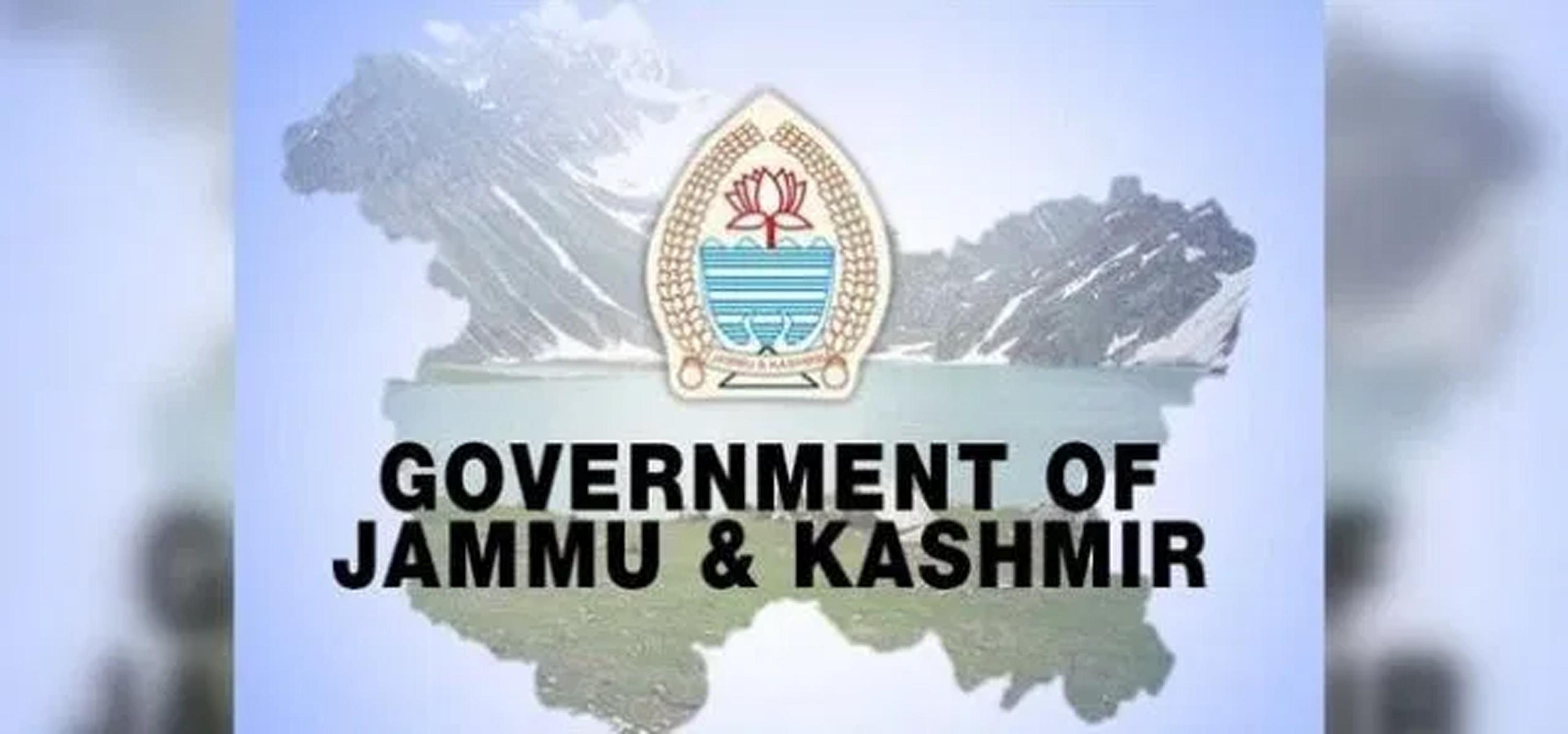Levying Property Tax imperative to avail Reform Incentive Fund
*Step to help in achieving objective of strong, vibrant ULBs
Mohinder Verma
JAMMU, Jan 5: Municipal Development Index consisting of 7 pillars, 37 categories and 132 indicators will evaluate the performance of the Municipalities across the Union Territory of Jammu and Kashmir and this step of the Government will go a long way in achieving the objective of strong and vibrant urban local self-governance.
Moreover, the best performing Municipalities will be encouraged and incentivized through additional grant in aid in the form of Urban Reform Incentive Fund (URIF) for which Government will provide Rs 200 crore to the Housing and Urban Development Department. However, utilization of funds so released shall be subject to the condition that all the ULBs shall undertake to levy the Property Tax prior to availing the funds.
The development and governance of the cities is determined by the functioning of Municipalities as they play key role in making city smart and sustainable. Moreover, their functioning not only determines a city’s development trajectory but also speaks of the level of de-centralization achieved. Keeping this in mind, the Government has developed the J&K Municipal Development Index-2022 based on the guidelines of the Union Ministry of Housing and Urban Affairs to assess the performance and the level of development of Municipalities based on their defined set of functions.
The Municipal Development Index will examine the sectoral performance of Municipalities across a set of 7 verticals/ pillars namely Quality of Life and Services; Economic Ability; Technology; Urban Planning, Governance, Sustainability & Climate Resilience and Citizen Perception, which include 37 sectors/categories and 138 indicators.
The Index will act as a guide to evidence-based policy making, catalyse action to achieve broader developmental outcomes including the Sustainable Development Goals, assess and compare the outcomes achieved by Municipal bodies, give citizens an insight into the functioning of local bodies and hold them accountable.
As per the document of the Housing and Urban Development Department, the Index will extend a granular assessment of the local Government bodies and, in the process, will also create scope for increasing transparency and promoting grassroots democracy and this will be yet another initiative in achieving long term objective of strong and vibrant urban local self-governance in J&K. The data for all the indicators will be collected through two sources. First, cities will be asked to submit the data. Second, data will be collected through publicly available Government sources.
Based on the performance of Municipalities, as per the benchmarks prescribed under Municipal Development Index, while best performing Municipalities will be encouraged and incentivized through additional grant in aid in the form of Urban Reform Incentive Fund, special funds will also be provided for building capacities and covering gaps in Municipalities.
Additional financial assistance of Rs 200 crore will be made available through Department of Housing and Urban Development for rolling out URIF initiative. Moreover, guidelines have been notified for providing reform linked assistance to the Urban Local Bodies.
“The utilization of funds so released under URIF shall be subject to the conditions that all the Urban Local Bodies shall undertake to levy the Property Tax prior to availing the funds; that the share of each ULB under URIF shall be released as additional grant in aid to the respective ULB; that all the codal provisions/formalities, financial rules and guidelines under General Financial Rules and as notified by the Government from time to time shall be adhered to and that the fund released under URIF shall not be used for any revenue expenditure”, read an order issued by the Housing and Urban Development Department.
Apart from incentive part, there is also enablement part—the fund support for augmenting ULB capacity in 1-3 identified areas. This support can be utilized in Information Technology enablement and adoption of technology in property mapping, enforcement of building permission/illegal construction measures, revenue realization and public works management.
“The focus for the current year could be making the IT infrastructure in the ULBs sufficiently robust so that they become capable of providing at least the common 21 services in fully online mode and have the necessary hardware, software and competent manpower/handholding support to operate these services”, read the order.


